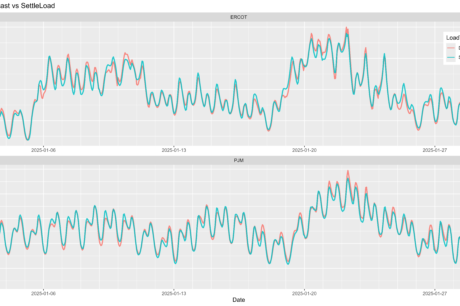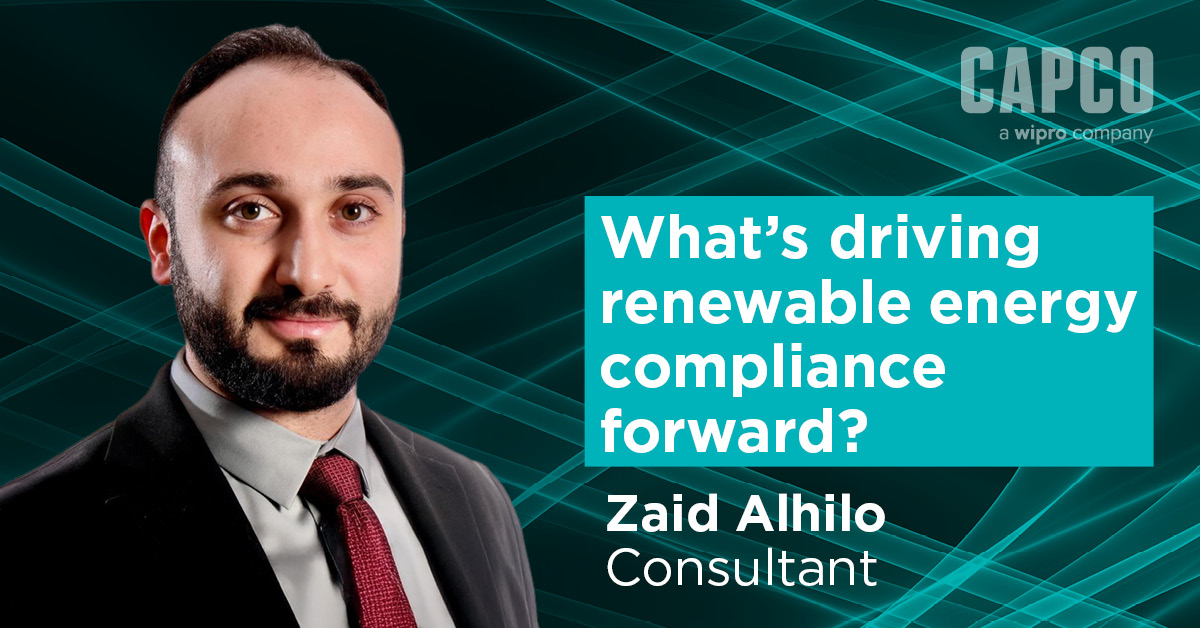AFFORDABLE AND RELIABLE Creating competitive electricity markets to deliver consumers affordable, reliable, and low-emission electricity, an Electricity Reality Report by Wayne Winegarden.
Under the traditional monopoly model, a public utility generates, transmits, and distributes electricity to all the customers in its government-designated region. The monopolist is also responsible, with the blessing of the local regulator, for making all necessary infrastructure investments. This monopoly model has significant disadvantages compared to markets that empower competition.
Monopoly pricing systems do not adequately incent efficiency improvements that enhance service and reduce costs. Further, monopoly utilities use a cost-plus pricing system to set rates. Cost-plus pricing obliges customers to cover the expenditures associated with all investments, even the ill-fated ones, so long as the decision was reasonable and consistent with the actions of a prudent utility. This creates a “heads I win, tails you lose” investment environment for monopoly utilities where customers bear the investment risks through higher utility bills rather than the utility bearing these risks through lower profits. There are several examples of customers suffering these adverse consequences from cost-plus pricing.
• Customers of South Carolina Electric & Gas (SCE&G) were forced to cover billions of dollars in costs for the construction of nuclear reactors that were never completed and generated no electricity because state regulators ruled that SCE&G could pass these costs along.1 It is important to note that these cost over-runs are not indicative of the technology but are an indictment of the cronyism inherent to the monopoly regulation model.
• Customers of the Southern Company had to pay increased costs to partially cover the billions of dollars in a failed integrated gasification combined cycle (IGCC) technology at the Kemper power plant in Mississippi.2
• The cost overruns at the Vogtle nuclear power plant will increase the costs for ratepayers yet could still increase the project’s expected earnings from $7.4 billion to $12.6 billion over the decades-long life of the two new reactors.3
• Customers’ bills in Virginia will increase “by more than double the amount that regulator[s] initially expected” in order for Dominion Energy to comply with the Virginia Clean Economy Act.4 Regulated monopolies are also subject to the problem of cronyism that creates pressure for inflated rate increases and, sometimes, incents outright corruption. For instance,
• In Illinois, federal prosecutors accused ComEd [Commonwealth Edison) – a subsidiary of Exelon – of a bribery scheme that sought to curry [then-House Speaker] Michael Madigan’s favor by directing $1.3 million in payments to the speaker’s associates. ComEd acknowledged it stood to benefit by more than $150 million from that legislation.5
• In Ohio, FirstEnergy Corporation admitted that it conspired with public officials to ensure the passage of a ratepayer-funded bailout for older generation assets. The settlement agreement required the company to pay $230 million in criminal penalties, which is the largest ever imposed by the U.S. Attorney’s Office for the Southern District of Ohio, for bribing Ohio officials.6 4 Competitive markets for generation, which started emerging during the 1990s, create positive incentives to improve service, address the adverse consequences from cost-plus pricing, and reduce the problem of regulatory capture and cronyism. In contrast to monopoly markets, competitive wholesale markets empower independent power producers and suppliers to compete in the generation side of the business. The restructured electricity networks utilize market forces to facilitate which supplier will provide the generation services to meet customer demand.7
To promote competition at the wholesale level, there are seven regional transmission organizations (RTOs) and independent system operators (ISOs) that geographically cover most of the United States, excluding the Southeast, Southwest, and Northwest. RTOs and ISOs manage the wholesale markets where competitive generators sell electricity to entities that often resell that electricity to the ultimate consumer. In addition to wholesale competition, 13 states plus Washington D.C. also empower retail competition.8 Retail competition allows customers to choose the electricity supplier that offers the desired combination of price, reliability, and (in some cases) generation source.
Download the report here
originally printed, September 2021











